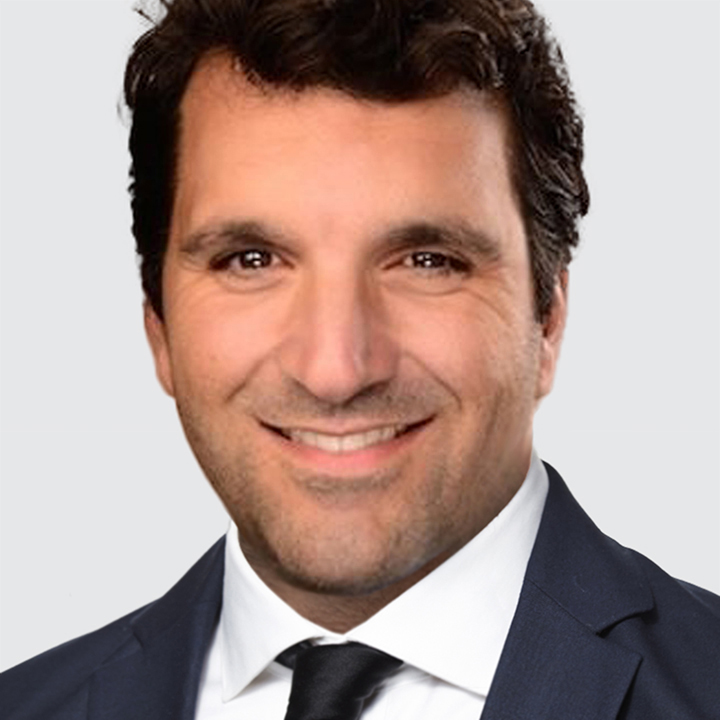• FOMC September meeting minutes will offer more context behind the “risk-management cut.”
• Canada’s September labor force survey is policy relevant.
• RBNZ poised to deliver a 25bps rate cut to 2.75%, risk is a 50bps cut.
Dollar Feels the Job Squeeze
USD traded on the defensive against most currencies this week. We expect USD to remain under modest downside pressure next week. Worsening US labor demand and fading inflation risks are driving a repricing lower in the US swaps curve against USD.
ADP payrolls unexpectedly dropped -32K (consensus: +51k) in September after a revised -3k decline in August (prior: +54k), the JOLTS hiring rate dipped 0.1pts to 3.2% in August, matching the June 2024 low, and the ISM Employment indexes remained firmly in contraction territory in September.
Moreover, the longer the US government shutdown lasts, the greater the downside risks to the labor market as the White House raised the specter of a permanent downsizing of federal workers. In parallel, the policy-relevant headline PCE deflator has yet to reflect the sharp rise seen in the ISM prices paid indexes, which may now be topping-out.
Next week’s US economic releases include: August trade balance (Tuesday), September New York Fed inflation expectations (Tuesday), FOMC September 17-18 meeting minutes (Wednesday), and the October University of Michigan sentiment survey (Friday).
Canada’s Jobs Data in the Spotlight
Canada’s September labor force survey (Friday) will be a major driver of Bank of Canada’s (BOC) rate expectations given the bank’s concern about further weakness in employment conditions. The economy is expected to lose -2.5k jobs in September after shedding -65.5k and -40.8k jobs in August and July, respectively.
The swaps market is pricing nearly 90% odds of a 25bps cut by year-end to 2.25% and tiny odds the policy rate bottoms at 2.00% in the next 12 months. The BOC’s more dovish policy stance relative to the RBA, Norges Bank, and Riksbank argues for further CAD underperformance against AUD, NOK, and SEK.
CPI Northern Lights
SEK will take its cue from Sweden’s September CPI print (Wednesday). The policy relevant CPIF is expected at 3.2% y/y (Riksbank forecast: 3%) vs. 3.2% in August while CPIF ex-energy is projected at 2.8% y/y (Riksbank forecast: 2.7%) vs. 2.9% in August.
The Riksbank’s assessment is that the high inflation backdrop is transitory and the bank pencils-in the policy rate to remain at 1.75% until Q3/Q4 2026. Bottom line: The fundamental downtrend in USD/SEK is intact as the Fed delivers more rate cuts while the Riksbank is done easing.
NOK will take its cue from Norway’s September CPI print (Friday). Headline CPI is expected at 3.5% y/y (Norges Bank forecast: 3.7%) vs. 3.5% in August while underlying CPI is expected at 3.1% y/y (Norges Bank forecast: 3.2%) vs. 3.1% in August.
Persistently above target inflation backs the Norges Bank’s prudent easing of monetary policy stance which is NOK positive. According to the Norges Bank “a restrictive monetary policy is still needed” because inflation is expected to remain elevated for a little longer and there is a little less spare capacity in the economy.
Japan’s Game of Thrones
Japan’s Liberal Democratic Party (LDP) leadership election is on Saturday, with results expected the same day. The winner of the election will be the next prime minister. The five contenders are:
(i) Sanae Takaichi. Previously opposed BOJ rate hikes but now says BOJ should decide monetary policy. Advocates for higher government spending.
(ii) Shinjiro Koizumi. Not opposed to BOJ normalizing rates. Wants a combination of fiscal stimulus and structural reforms.
(iii) Toshimitsu Motegi. Backs BOJ rate-hike strategy. Supports target fiscal stimulus rather than populist giveaways.
(iv) Yoshimasa Hayashi. Backs BOJ rate-hike strategy and ruled out the need for large-scale stimulus.
(v) Yakayuki Kobayashi. Monetary stance not clearly defined. Growth-focused fiscal approach.
Polls indicate a competitive race between Takaichi and Koizumi. Whoever is the next prime minister faces deep legislative gridlock as the LDP does not have majorities in both bouse of parliament. Some LDP contenders may campaign on fiscally profligate pledges but pushing them through parliament will be difficult.
Beyond the election noise, we see room for USD/JPY to edge down towards the lower-end of its multi-month 140.00-150.00 range as it’s trading well-above the level implied by US-Japan 2-year bond yield spreads. Our base case is for the Bank of Japan (BOJ) to resume normalizing rates at the next October 29-30 meeting. The swaps market price-in 58% odds of a rate increase at that meeting.
Kiwi Slice: Quarter or Half?
NZD faces downside risk. The RBNZ is widely expected to slash the policy rate 25bps to 2.75% (Tuesday). The swaps market implies a 30% probability of a bigger 50bps cut to 2.50%. The steeper downturn in New Zealand Q2 real GDP leaves scope for the RBNZ to front-load rate cuts.
In August, the RBNZ stressed “there is scope to lower the OCR further,” and projected one 25bps cut by December and another 25bps cut over H1 2026, implying the policy rate would settle around 2.50%. No Monetary Policy Statement is tied to this meeting. The next one is due November 26.




